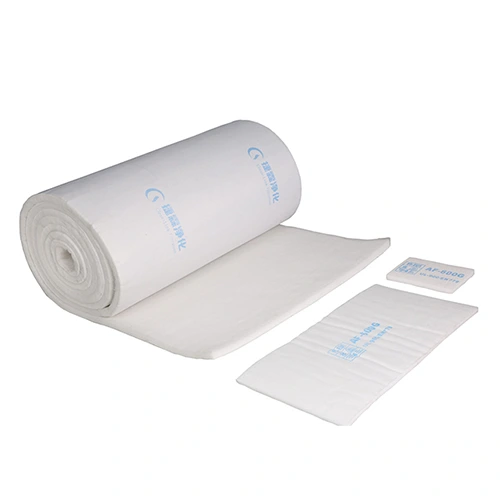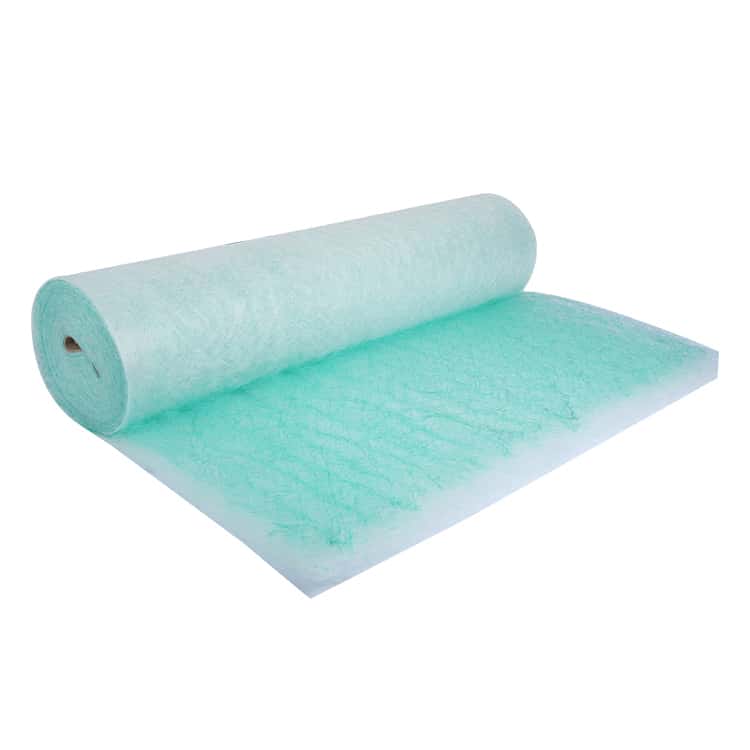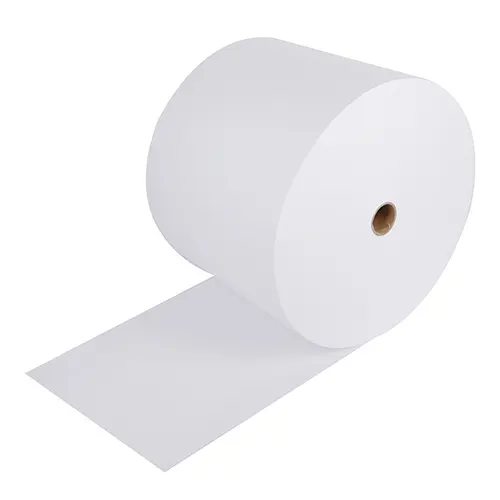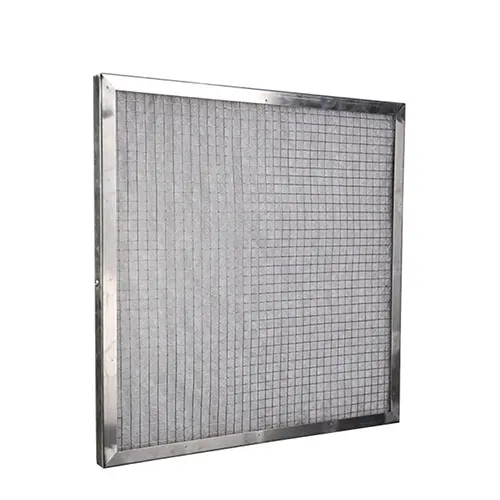Choosing the Right Paint Stop Filter for Your Spray Booth
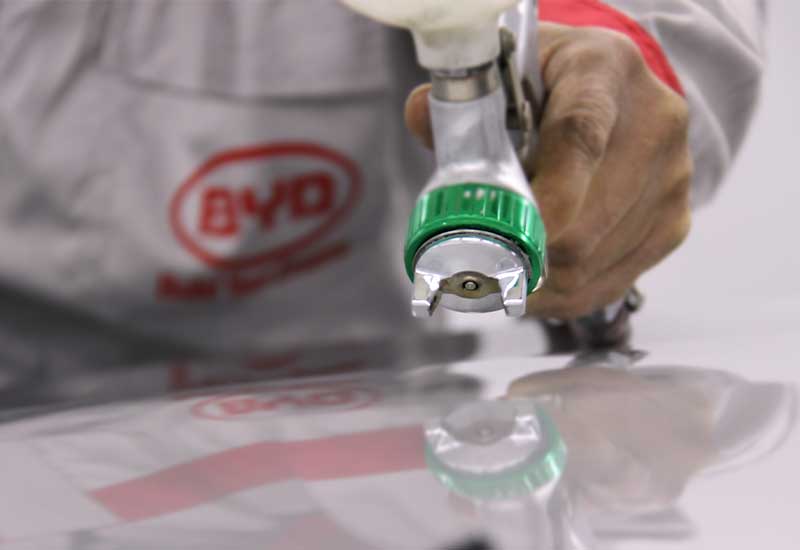 Photo by Mohammad Fathollahi on Unsplash
Photo by Mohammad Fathollahi on Unsplash
Choosing the right paint stop filter for spray booths is crucial to ensure optimal performance and efficiency. These filters play a vital role in capturing and removing paint overspray particles, preventing them from contaminating the surrounding environment.
Selecting the appropriate filter can help maintain a clean and safe working environment, improve paint booth airflow, and enhance the overall quality of paint finishes.
When considering paint stop filters, several factors come into play. The size and dimensions of the spray booth, the type of coatings used, and the expected paint overspray volume are important considerations.
Additionally, factors such as filtration efficiency, pressure drop, filter longevity, maintenance requirements, and compatibility with the spray booth equipment should be taken into account. Understanding these factors will guide you in choosing the right paint stop filter for your specific spray booth needs.
What are Paint stop filters?
Paint stop filters, also known as paint booth filter media, are specifically designed to capture and retain paint particles generated during spray painting processes.
They act as the first line of defense in a spray booth by trapping overspray particles and preventing them from reaching the exhaust system or contaminating the surrounding environment. These filters are highly efficient in capturing paint particles of various sizes and preventing them from re-entering the airflow.
Types
There are different types of paint stop filters available, including fiberglass filters, polyester filters, and high-capacity filters. Each type has its own characteristics and filtration efficiencies.
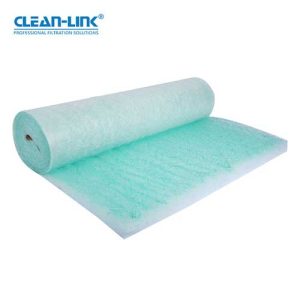
Fiberglass filter media is commonly used and offer a cost-effective solution for capturing paint overspray.
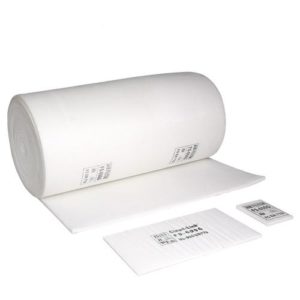
Polyester filter media provides higher efficiency and improved dust-holding capacity. High-capacity filters, on the other hand, are designed for heavy-duty applications and can handle large volumes of overspray.
How Do Paint Stop Filters Work?
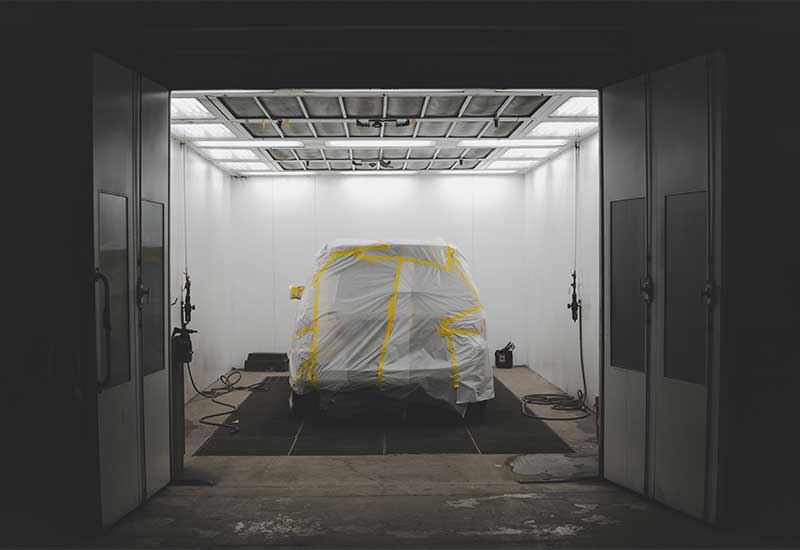 Photo by whereslugo on Unsplash
Photo by whereslugo on Unsplash
Paint stop filters utilize a combination of filtration mechanisms, including impingement, interception, and diffusion, to capture and remove paint particles from the air.
As the overspray-laden air passes through the filter media, the particles adhere to the fibers or surfaces of the filter.
The filter’s design and structure maximize the surface area available for particle capture, ensuring efficient removal of paint particles and preventing them from escaping into the environment. Regular maintenance and replacement of the filters are necessary to maintain their effectiveness in capturing paint particles.
Assess Your Spray Booth Requirements
To choose the right paint stop filter for your spray booth/paint stop, it is important to determine the size and dimensions of your booth. Consider the width, height, and depth of the booth to ensure the filter fits properly and allows for adequate airflow. Taking accurate measurements will help you select the appropriate size and configuration of the filter.
Analyzing the paint application process and the types of coatings used in your spray booth is crucial. Different coatings may produce varying amounts and sizes of overspray particles. Understanding the nature of the coatings will help you select a paint stop filter with the right filtration efficiency and particle capture capabilities for optimal performance.
Identifying the expected paint overspray volume is essential in choosing a paint stop filter that can handle the load. Consider factors such as the frequency and duration of painting operations, as well as the expected volume of paint used.
This information will guide you in selecting a filter with a sufficient dust-holding capacity and a longer service life to accommodate your specific spray booth requirements.
What to Consider when Choosing Paint Stop Filters?
Efficiency rating and filtration performance should be a primary consideration.
Look for filters with high capture efficiency for paint particles of various sizes. Higher efficiency means better removal of overspray, reducing the risk of contamination and improving the overall air quality in the spray booth.
Evaluate the pressure drop and airflow resistance of the filters
A balance needs to be struck between efficient filtration and maintaining adequate airflow in the booth. Lower pressure drop ensures optimal airflow, minimizing the strain on your spray booth equipment and preventing any negative impact on the painting process.
Consider the longevity and service life of the filters
Long-lasting filters will reduce the frequency of replacements, saving you time and money. Look for filters with a high dust-holding capacity, allowing them to hold more paint particles before requiring replacement. Order from one of the reliable and trustworthy paint stop filter factories to ensure quality.
Assess the maintenance requirements and ease of filter replacement
Choose filters that are easy to install, remove, and dispose of. This ensures a smooth and efficient maintenance process, minimizing downtime and maximizing productivity.
Ensure compatibility with your spray booth equipment
Consider the size, design, and installation requirements of the filters to ensure they fit properly and integrate seamlessly with your spray booth setup. Compatibility will guarantee optimal performance and efficient operation.
Select the Right Paint Stop Filter & Manufacturer
Efficiency rating and filtration performance should be a primary consideration.
Look for filters with high capture efficiency for paint particles of various sizes. Higher efficiency means better removal of overspray, reducing the risk of contamination and improving the overall air quality in the spray booth.
Evaluate the pros and cons of each filter type available in the market
Consider factors such as filtration efficiency, pressure drop, lifespan, and maintenance requirements. Understand the unique characteristics of each filter type and how they align with your specific spray booth needs.
Match the specifications of the filters with your spray booth requirements
Consider factors such as the size and dimensions of the booth, paint application processes, and expected overspray volume. Ensure that the selected filters can handle the anticipated paint load and effectively capture and remove the particles generated during the painting process.
Take budget constraints into account and consider the overall cost-effectiveness of the filters
While it’s important to invest in high-quality filters that meet your needs, it’s also crucial to find a balance between performance and affordability.
Evaluate the cost of the filters, including the initial purchase price and long-term maintenance costs, to ensure they fit within your budget without compromising on quality.
Reliable Paint Stop Air Filter Manufacturer
At Clean-Link, our experts will take care of all the evaluations for you. All you need to do is contact Clean-Link for optimal and custom air filter solutions that meet your specific requirements. We have 16 years of experience in understanding your needs and making premium paint booth air filter media for industrial and commercial applications.
Final Thoughts
Choosing the right paint stop filter is crucial for the optimal performance and efficiency of your spray booth. By selecting a filter that effectively captures paint particles, you can maintain a clean working environment and prevent overspray from contaminating the surrounding areas and affecting the product quality. Consider factors such as efficiency, pressure drop, longevity, and maintenance requirements to make an informed decision.
Consult with reputable filter manufacturers or experts in the industry to find the ideal filter for your specific spray booth requirements. As a leading paint stop filter manufacturer, Clean-Link can provide valuable insights and guidance based on our expertise. Remember to regularly monitor and replace filters as needed to ensure consistent performance and maximize the lifespan of your spray booth equipment.
